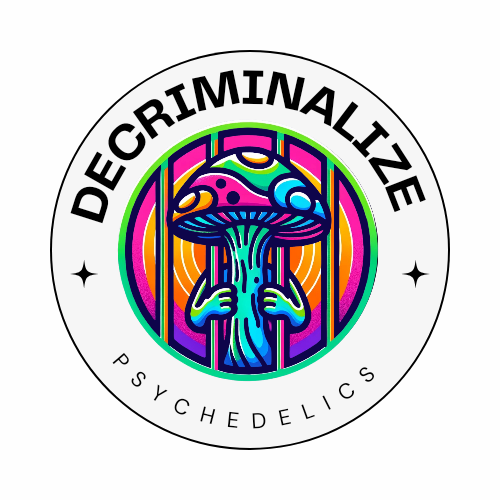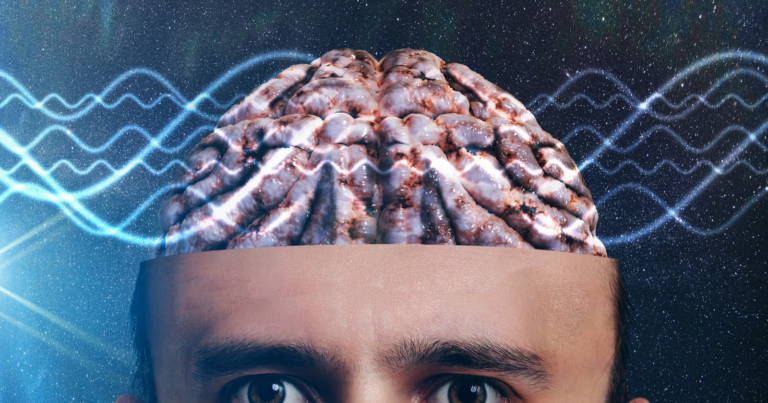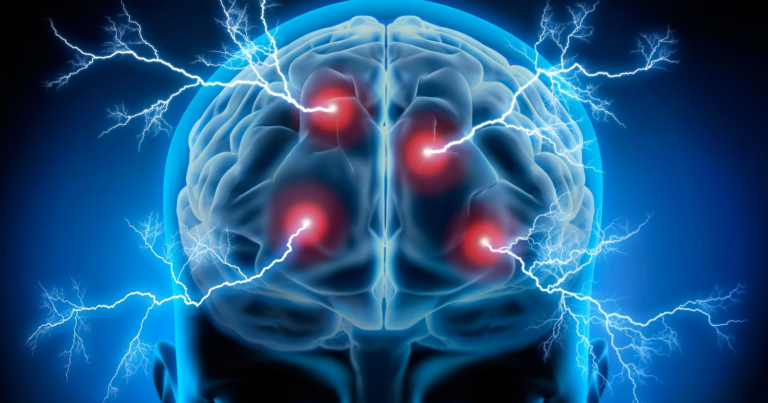Psychedelic-assisted therapy is a powerful tool for trauma recovery.
A bridge to healing, it involves the use of mind-altering substances, like psilocybin or LSD, guided by professional therapists to unearth and address the root causes of trauma.
By accessing and working through traumatic memories via psychedelic-assisted therapy, not only do we confront the trauma head-on but also pave the way for recovery.
Here, we dive deep into the workings of this transformative therapy for trauma recovery.
Understanding Psychedelic-Assisted Therapy
Psychedelic-assisted therapy is a form of treatment where patients consume mind-altering substances under the supervision of a therapist.
This method utilizes the potential of substances like psilocybin (found in magic mushrooms) or LSD to create an altered state of consciousness.
While in this state, patients can explore and confront traumatic experiences in a safe and controlled environment.
This form of therapy is not about the substances, but about the therapeutic process they facilitate, enabling introspective and transformative experiences.
The therapist guides the patient through these experiences, helping them understand and process their trauma. It’s important to note that this therapy isn’t a quick fix – it’s a deep, personal journey that requires commitment.
It’s about mobilizing a person’s inner resources for healing, growth, and self-discovery.
The ultimate goal is to foster resilience and empower individuals to take control of their trauma recovery process.
How Psychedelic-Assisted Therapy Aids Trauma Recovery
In psychedelic-assisted therapy, the altered state of consciousness induced by substances such as psilocybin or LSD can help individuals with trauma access and explore their subconscious mind.
This is where buried traumatic experiences often reside, locked away due to their distressing nature.
Under the guidance of a therapist, patients can safely confront these memories.
This kind of therapy allows for an exploration of the self that traditional talk therapy might not allow. It’s akin to opening a door to an area of your mind that was previously inaccessible.
Interestingly, studies show that psilocybin can actually “reset” certain brain circuits associated with depression and anxiety – conditions often linked with trauma.
This “reset” aids in the healing process, allowing for a new perspective on past traumatic experiences.
The therapist’s role in this process is pivotal.
They guide patients through their experiences, helping them make sense of what they encounter and ensuring they feel safe throughout the process. Consider them as your anchor in this profound inward journey.
It’s a transformative process, but also an intense one. Preparation and integration sessions are crucial parts of this therapeutic approach, ensuring patients are mentally ready for the experience and can process their insights afterwards.
Exploring the Process of Psychedelic-Assisted Therapy
The process of psychedelic-assisted therapy is quite unique, and it’s essential to understand this to fully grasp its transformative power for trauma recovery.
It’s typically divided into three stages: preparation, the psychedelic experience itself, and integration.
The preparation stage establishes a strong therapeutic alliance, where patients learn about the process, set intentions for their journey, and build trust with the therapist.
This stage is crucial as it sets the groundwork for the entire experience.
The psychedelic experience, or the session day, is when patients ingest the psychedelic substance in a controlled, safe environment under the therapist’s supervision.
During this stage, patients confront their buried memories and emotions related to their trauma.
Integration is arguably one of the most crucial parts of the process.
After the psychedelic experience, patients work with their therapist to understand and make meaning of their experience. The insights gained during this stage can lead to profound changes in perception and behavior that aid in trauma recovery.
For example, a patient might encounter a repressed childhood memory during their psychedelic experience.
In the integration stage, they could come to understand how this forgotten event has been influencing their current behavior. With this newfound understanding, they can start working towards healing and change.
The Role of the Therapist in Psychedelic-Assisted Therapy
While the psychedelic substances play a significant part in this therapy, it’s crucial to understand the significant role therapists play. Their expertise and guidance are pivotal in ensuring a safe and beneficial experience for trauma recovery.
Primarily, therapists are there to provide a safe and supportive environment.
This promotes trust, which is crucial for individuals to openly explore their trauma. They guide patients through the often intense and profound psychedelic experiences, helping them navigate their emotions and insights.
Furthermore, therapists assist in interpreting the experiences and applying the insights gained into everyday life.
They aid patients in understanding how their trauma has shaped their thoughts and behaviors, fostering a sense of self-awareness that is crucial for healing.
As a patient, your relationship with your therapist can significantly impact your healing journey. It’s essential to find a therapist you feel comfortable with – someone who respects your experiences, listens without judgment, and encourages your growth.
Remember, this journey is yours, but you’re not alone in it. Your therapist is there to support and guide you every step of the way.
Let’s look at some key responsibilities of the therapist in psychedelic-assisted therapy:
- Creating a safe and comfortable space for therapy sessions
- Guiding patients through their psychedelic experiences
- Helping patients make sense of their experiences
- Assisting in integrating the insights gained into everyday life
In essence, therapists act as catalysts, facilitating your journey towards understanding and healing from your trauma.
Personal growth through psychedelic-assisted therapy
One aspect we haven’t touched on yet is the potential for personal growth that psychedelic-assisted therapy can offer. Aside from addressing trauma, this form of therapy can also become a catalyst for deep personal transformations.
In my experience, those who undergo psychedelic-assisted therapy often report a renewed sense of purpose and meaning.
They start viewing their trauma not as a debilitating experience, but as a part of their life journey that has shaped them into who they are. This shift in perspective can open up new paths for personal growth and self-improvement.
We’ve seen that patients often emerge from their psychedelic experiences with a deeper understanding of themselves and their relationships with others. This newfound self-awareness can lead to improved interpersonal relationships, increased empathy, and a more profound appreciation of life.
Let’s often forget that healing from trauma is not just about letting go of the past.
It’s also about embracing the present and looking forward to the future with optimism and resilience.
In my observation, psychedelic-assisted therapy can be a powerful tool to help you in this transformative journey.
It’s about finding your inner strength, acknowledging your past, and using these experiences to shape a better future.
I encourage you to consider this therapy not just as a means to an end (trauma recovery), but also as a stepping stone towards your personal evolution.
After all, every step you take in your healing journey is a step towards becoming the best version of yourself.
Can Psychedelic-Assisted Therapy be your Path to Trauma Recovery?
Psychedelic-assisted therapy, with its transformative potential, offers a new way to address trauma.
This therapeutic approach, involving the use of mind-altering substances under professional supervision, can unlock doors to deep, personal insights and empower individuals on their path to recovery.
Although it’s not a quick fix, the profound self-exploration facilitated by this therapy can lead to lasting changes in perceptions and behaviors. It’s about fostering resilience and leveraging inner resources for healing and growth.
While we’ve covered many facets of psychedelic-assisted therapy, it’s essential to consult with a professional before initiating this therapeutic journey.
Keep in mind that everyone’s experience with this therapy will be unique, and the journey will require commitment and openness.
In the quest for wellness, it’s about finding what works best for you.
Perhaps psychedelic-assisted therapy could be your stepping stone towards healing from trauma and embracing a brighter future.












